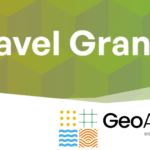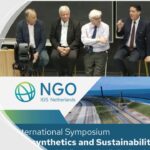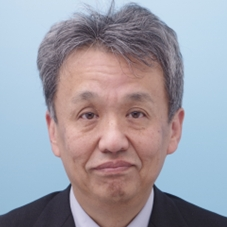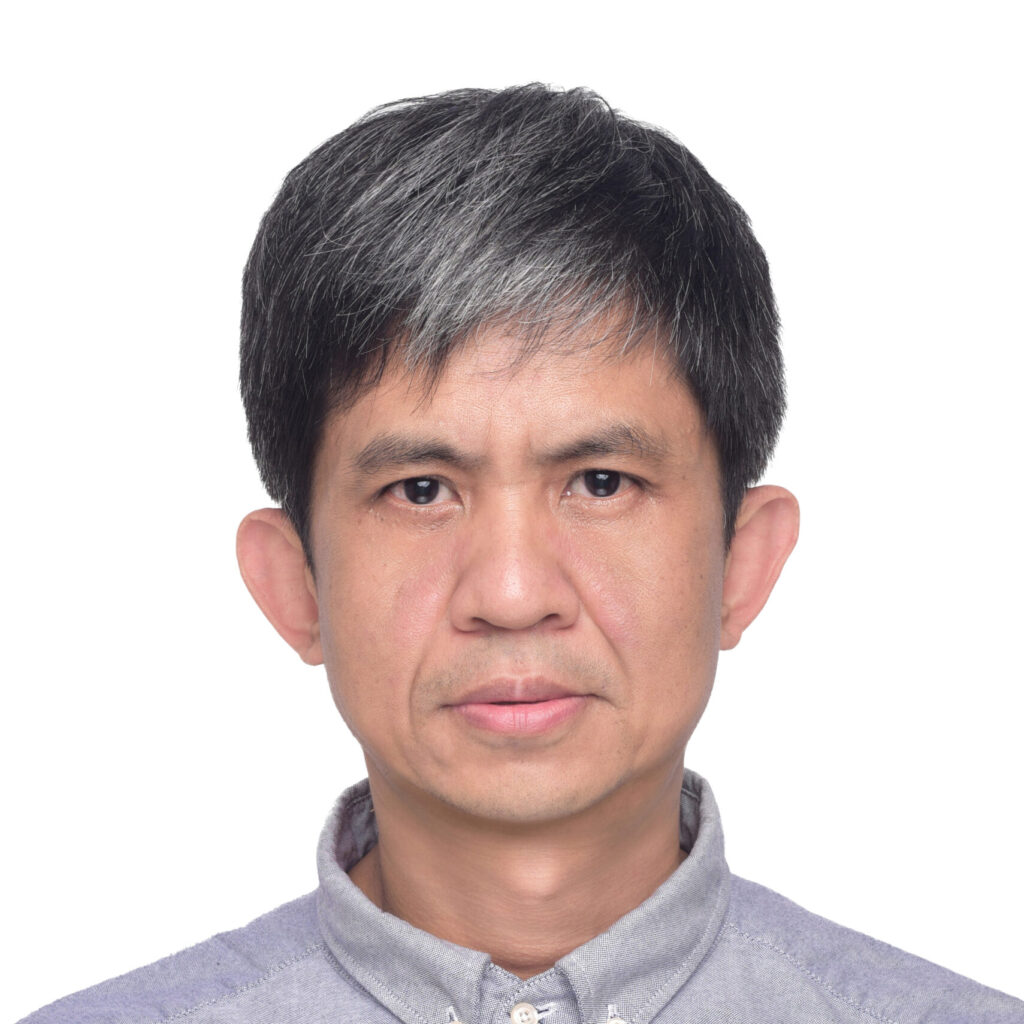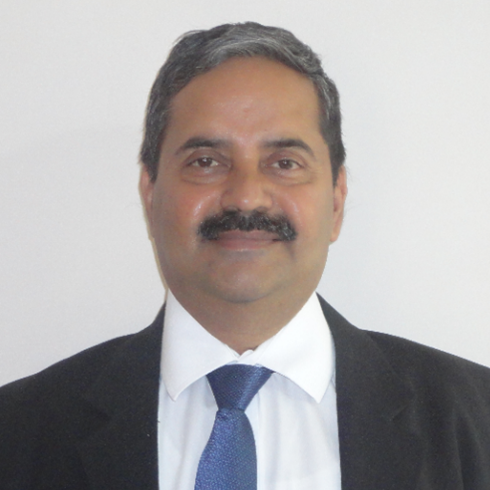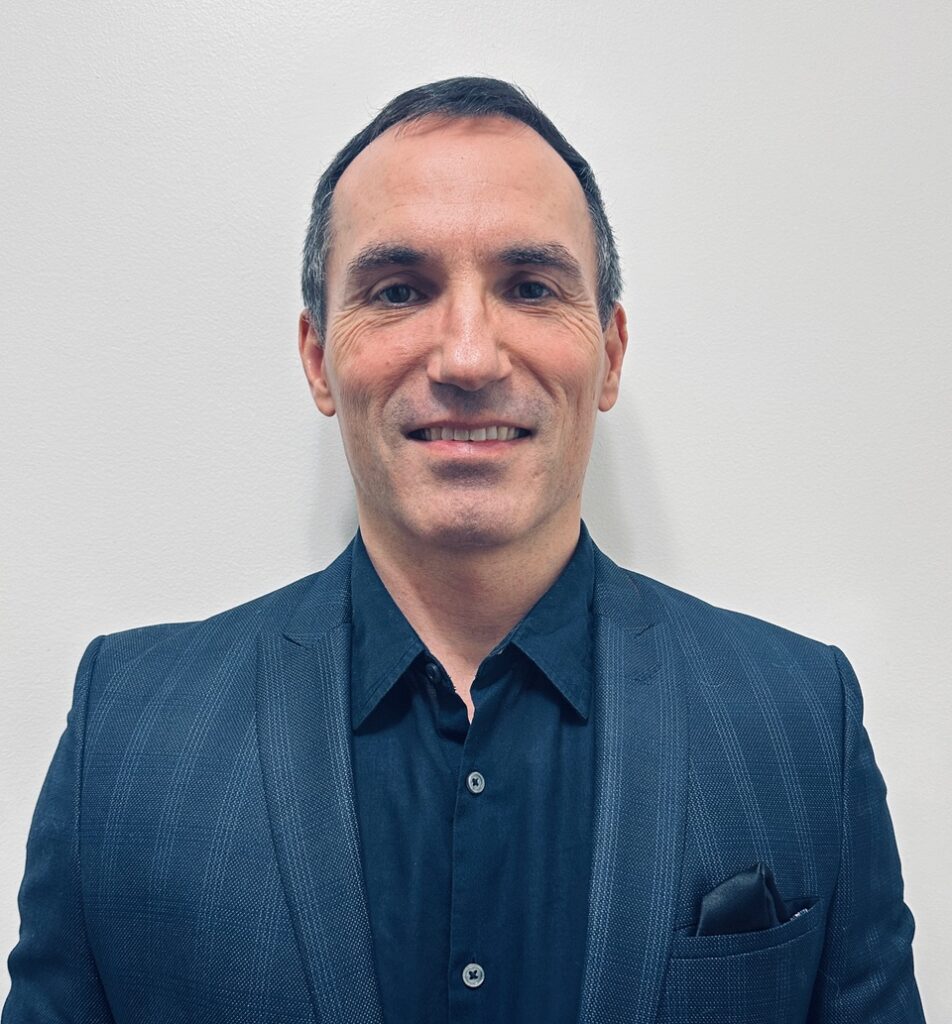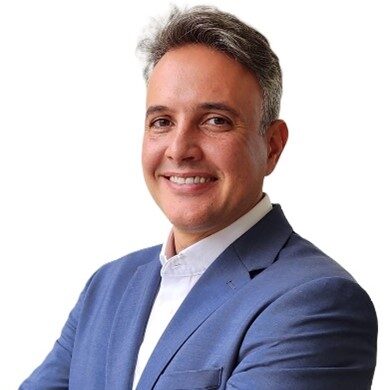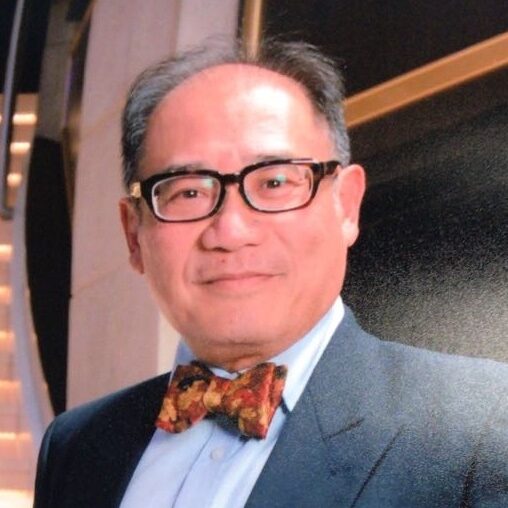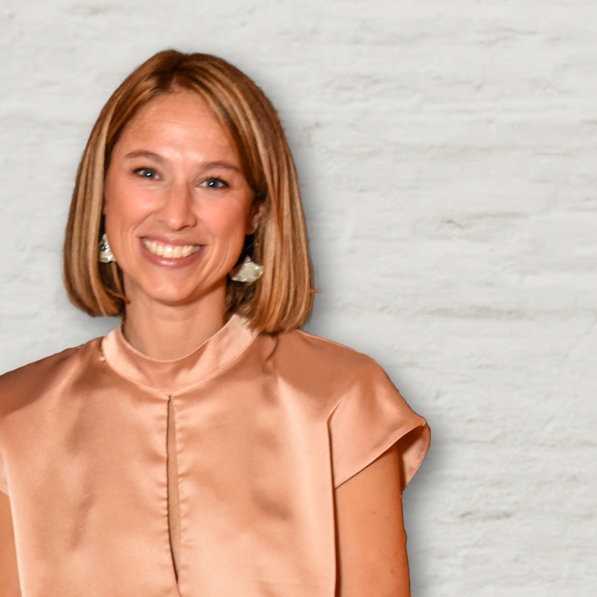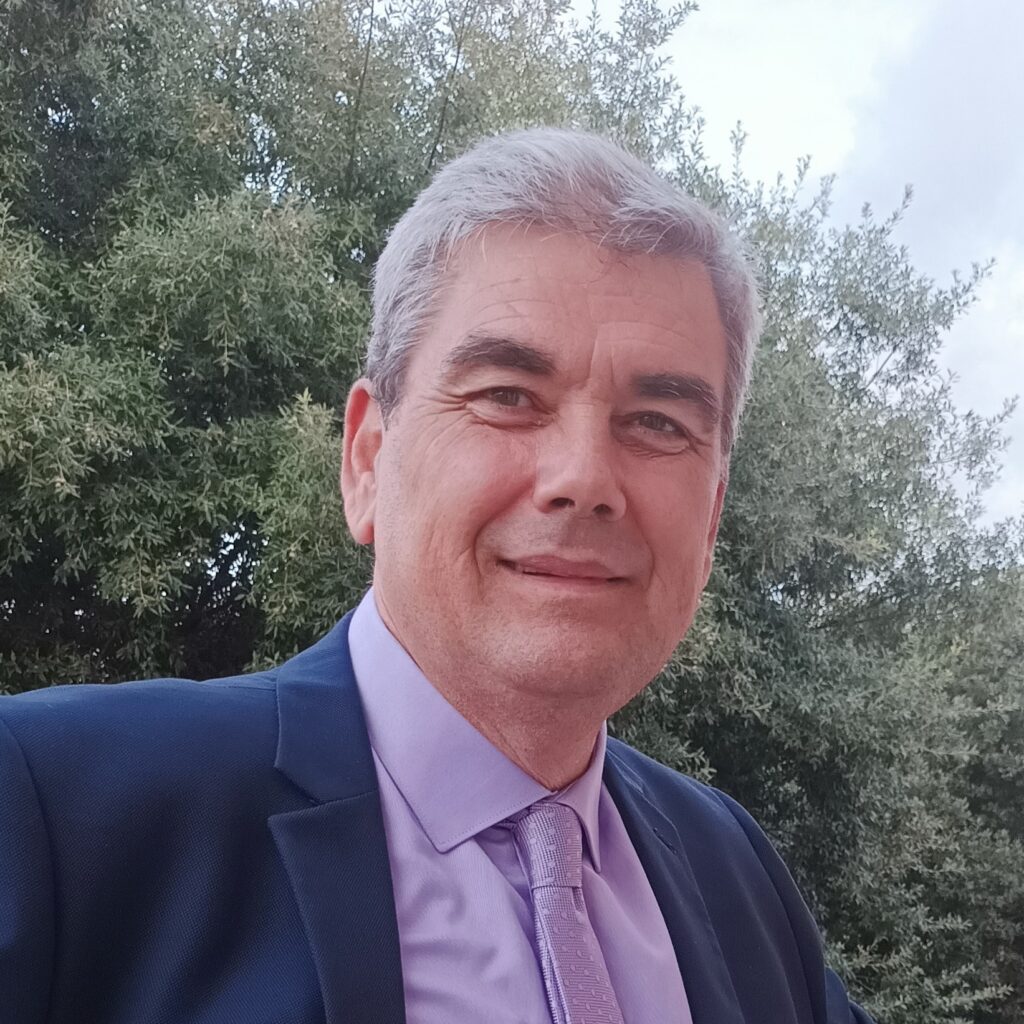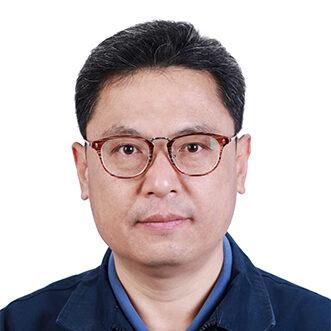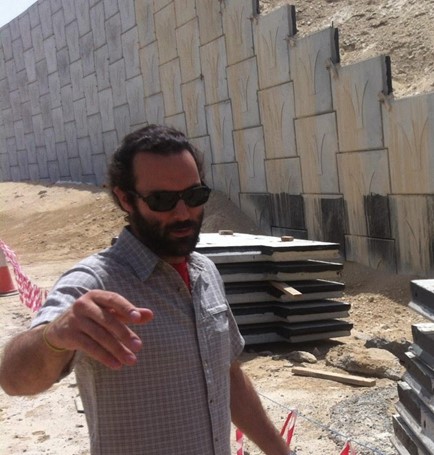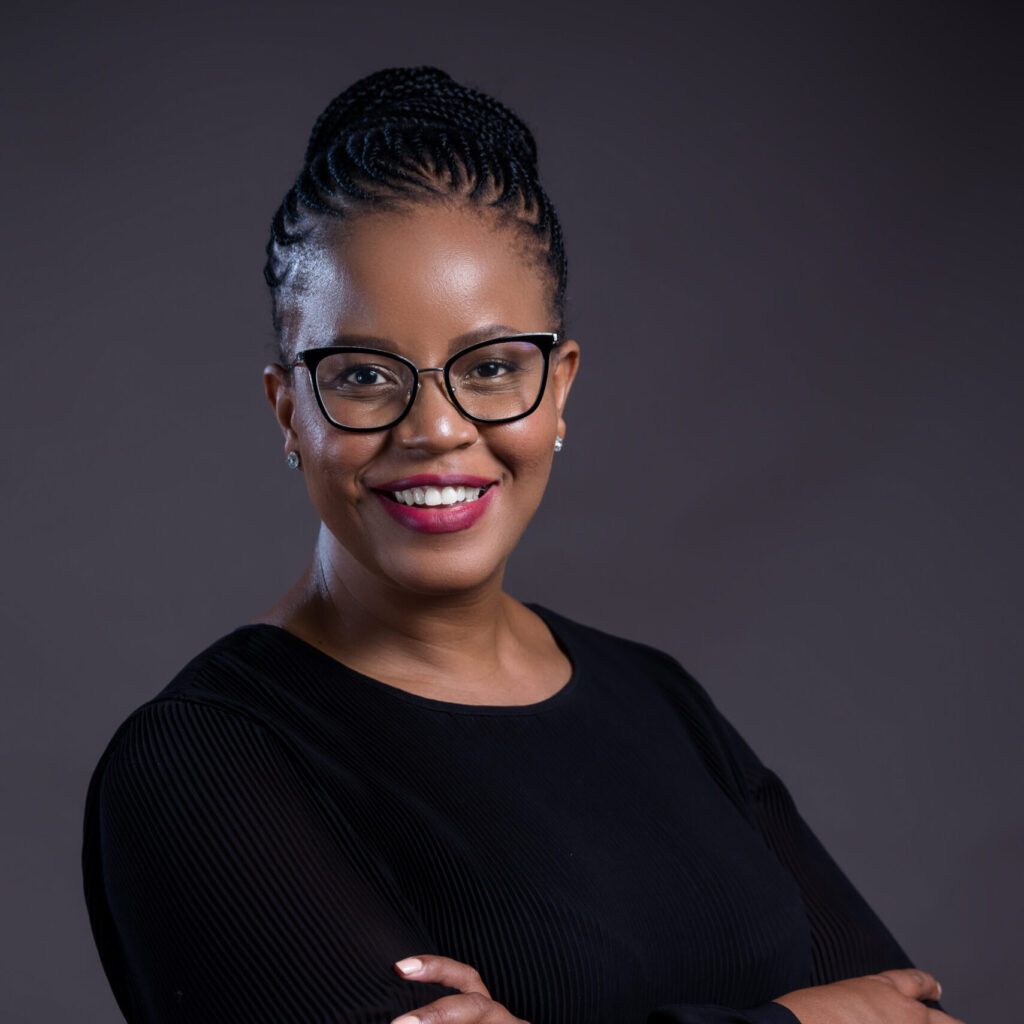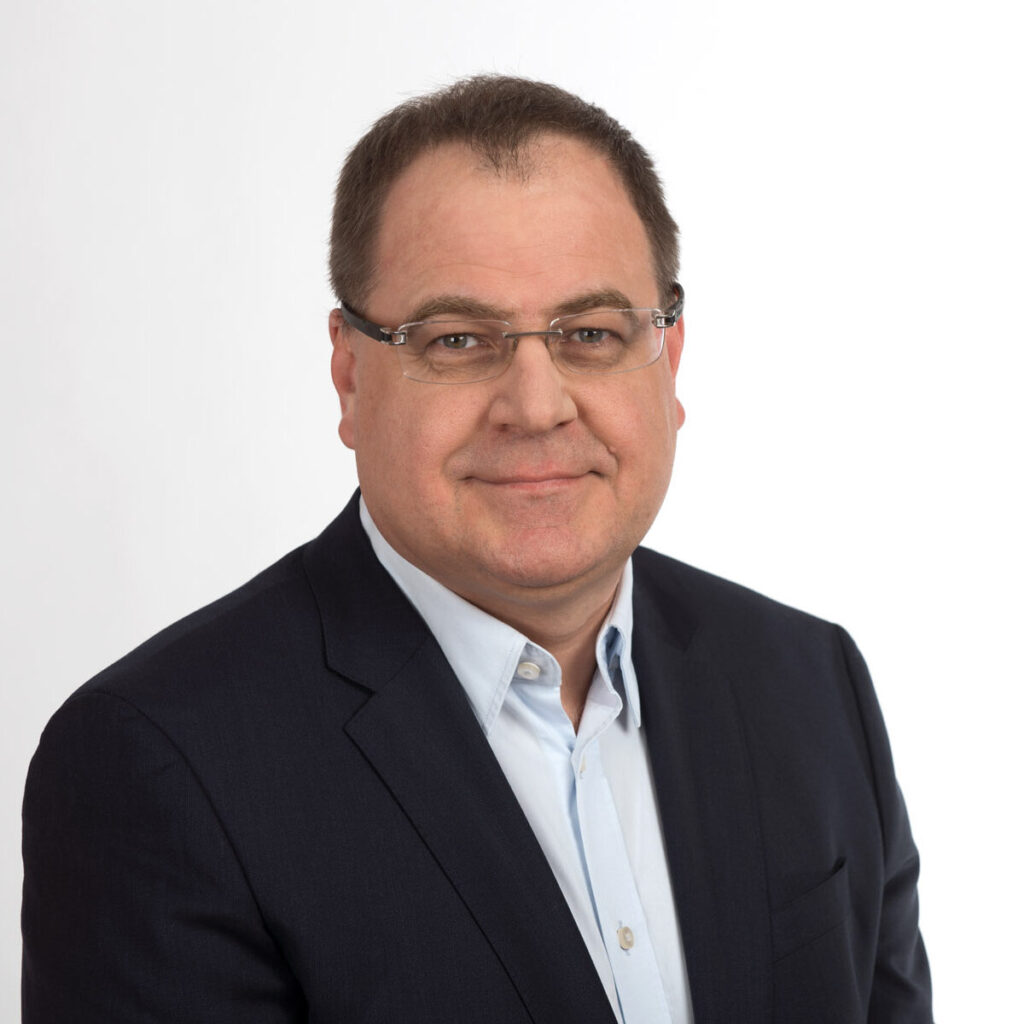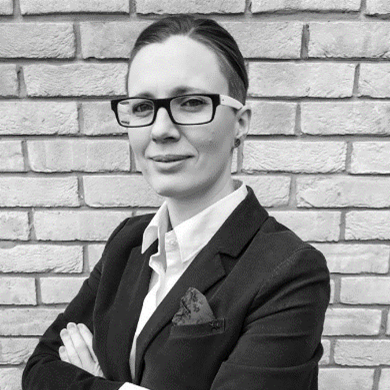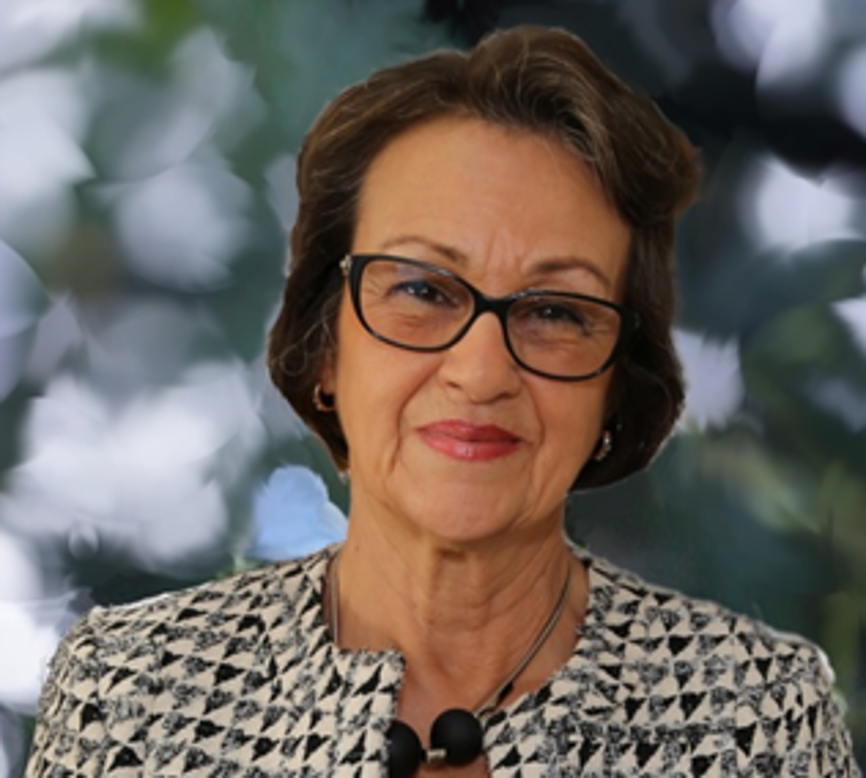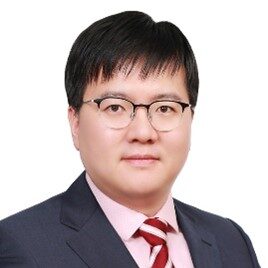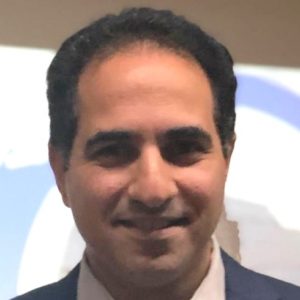
The IGS Asian Regional Activities Committee (RAC) recently welcomed a new Chair.
Here, Amir Shahkolahi shares what he’s been working on since taking up the role and his plans and priorities for the region.
Amir, congratulations on your new role – when did you take over and from whom?
Thank you! It is a great pleasure to have the opportunity to serve. My term began in January 2024 and will continue for four years. My predecessor is Dr. Chiwan Wayne. I would like to take this opportunity to thank Dr. Wayne for his exceptional leadership and support.
What have you been up to in your role since the start of the year? Tell us a bit about the projects and priorities you’ve been progressing.
The first online Asian RAC meeting with all Asian Chapter leaders was organized in June 2024 to review Chapters’ situations, introduce the IGS DEI (diversity, equity, inclusion) rules, and foster collaboration.
My work continued with a focus on GeoAsia8, where I serve as conference co-chair and chair of the advisory and program committee. All Chapter leaders were invited to join the GeoAsia8 advisory committee, and we have held four meetings since then to discuss abstracts and papers, awards, the program, and potential keynote speakers.
I also engaged with the IGS Ambassador program, visiting Chapter leaders in the Philippines, meeting the new leadership team in Malaysia during their first annual meeting, and connecting and meeting with members in the Middle East, specifically Unites Arab Emirates. Furthermore, I attended the Chinese Geosynthetics Conference in November along with some other IGS officers, and held productive meetings with the leadership team of the Chinese Chapter and the China Technical Association on Geosynthetics (CTAG)
We will continue to hold separate meetings for the Chapters as well as for the GeoAsia8 advisory committees.
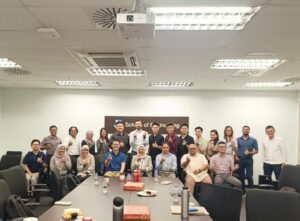
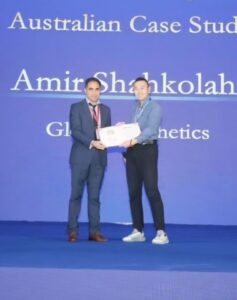
Image 1 – Amir meeting with MyIGS (IGS Malaysia); Image 2 – Amir at the 11th Chinese National Conference
Tell us a bit about the region you serve.
Asia is home to not only some of the oldest histories and civilizations in the world (dating back to between 9,500 and 8,000 BCE) but also to the earliest recorded geotechnical application of soil reinforcement, in ancient Mesopotamia (present-day Iraq) and China.
The Asia-Pacific region possesses many resources, including about 30% of the world’s surface and underground mines and more than 40% of global crude oil production. The region is also a hub for significant geosynthetic manufacturers, some of which are leading producers globally.
What is the purpose of the Asia RAC, and why is it needed?
The Asian market for geosynthetics has experienced rapid growth in recent years. There is substantial experience, knowledge, and numerous success stories and case studies related to geosynthetics in Asian countries. However, Asia is a highly diverse market.
Several Asian countries are leading in geosynthetic applications, project guidelines, and research and development. On the other hand, many developing countries in the region face a high demand for new infrastructure and the rehabilitation of existing infrastructure, along with the need to update guidelines and specifications in areas such as waste management, landfilling, and transportation.
The Asian RAC’s role is to support and develop IGS Chapters in the Asian and Australasian regions so we can widen knowledge, develop technology and boost education and research in geosynthetics in Asia-Pacific.
Which countries/regions does the Committee cover?
We oversee 12 IGS Chapters, which include the Australasian (Australia and New Zealand), Chinese, Chinese Taipei, Indian, Indonesian, Iranian, Japanese, Kazakhstan, Korean, Malaysian, Philippines, and Thailand Chapters.
What are the aims and current priorities for the RAC?
Each chapter has unique priorities based on their specific stage and needs. At present, the primary goal is to identify the key challenges they face and help them address those issues, while also supporting local events like workshops and the EtE program. Another key objective for 2025 and beyond is to encourage chapters to grow their membership, foster connections with sister societies, and organize joint activities and events. Additionally, a crucial task is to promote and integrate DEI (Diversity, Equity, and Inclusion) principles into all chapter activities and planning.
What do you personally hope to achieve for the Asia RAC in your time as chair?
I aim to support Asian chapters in building a sustainable structure and planning that ensures steady growth and smooth transitions during their development. My objective is for these chapters to evolve into a central hub and home for all geosynthetic professionals in the region to support each other and promote our industry and make it stronger together.
Do you serve on any other IGS Committees or Chapters?
At the moment, in addition to the Asian RAC Chair, I am also an IGS Council member, vice-chair of the IGS Technical Committee on Barrier Systems (TC-B), member of IGS technical committees on Reinforcement (TC-R), Stabilisation (TC-S) and Hydraulics (TC-H), and IGS Education committee..
Any upcoming webinars, conferences, meetings etc you would like to publicise?
The main event is the GeoAsia8 conference in Brisbane, Australia, on June 10-13, 2025, which is being hosted by my home Chapter, the Australasian Chapter of the IGS, known as ACigs.
I also encourage all members to join IGS Technical Committees and their activities including webinars and workshops.
How do members join the Asian RAC?
The most effective way is through their Chapters, as the RAC serves as a forum for regional chapter leaders. However, any comments, suggestions, concerns, or complains from IGS members can be directed to me at amir@globalsynthetics.com.au and to Elise Oatman, IGS Secretariat Manager, at igssec@geosyntheticssociety.org
For more about the IGS Asian RAC, visit the Regional Committees page here.




